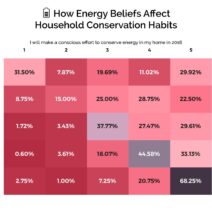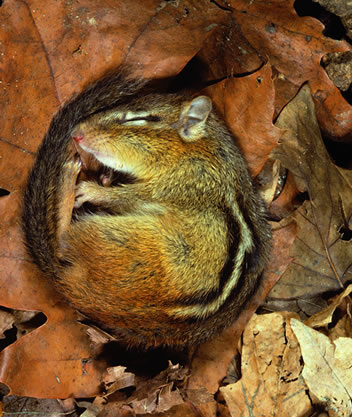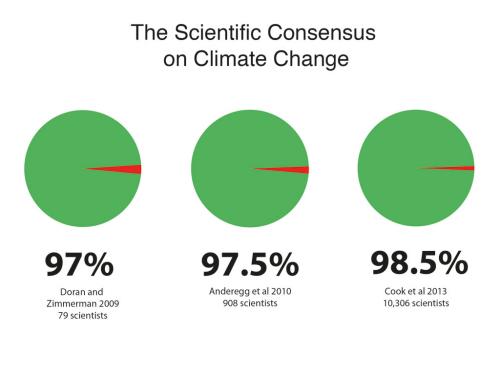When one thinks of the Northeast region of the United States, what often comes to mind? Picturesque autumn foliage, snow-capped mountains, and the crisp air of October? Indeed, the climate in the Northeast provides a striking backdrop for myriad seasonal activities. But beneath this charming veneer lies a complex climate system that not only shapes the physical landscape but also affects the lives of its inhabitants. So, what is the climate in the Northeast? Is it merely a canvas for our snowy dreams, or is it a harbinger of challenges that we must confront?
The Northeast, encompassing states such as New York, Pennsylvania, and New England, experiences a humid continental climate, characterized by four distinct seasons. The summer months can be sweltering and humid, with temperatures often soaring into the high 80s and low 90s Fahrenheit. The lush greenery that bursts forth during this time adds vibrancy to the region but also manifests significant humidity. Congregations of thunderclouds herald the advent of summer storms, which may contribute to sudden downpours and localized flooding—a curious juxtaposition to the idyllic, sun-drenched façade.
As summer yields to autumn, the climate undergoes a dramatic metamorphosis. The first signs of change are felt in August, with a subtle shift in temperature as evenings start to cool. By September, the foliage begins its glorious transformation, donning hues of amber, crimson, and gold. But, one must ponder: while these colors provide stunning vistas, what implications does this season’s change have on our ecosystem? The potential for extended periods of warmth could delay autumn leaf drop, disrupting local species of trees and other flora that have adapted to a regular rhythm of climate. This continuity in climate is paramount for seasonal rhythms among wildlife too—the very cycles that dictate migration patterns, hibernation, and reproduction.
Once we fling open the doors to winter, we enter a wondrous yet formidable phase of the Northeast’s climate. With average temperatures dipping below freezing in many areas, snowfall becomes a prominent feature. This precipitation, while delighting snow aficionados and prompting joyous escapades on skiing slopes, presents a dual-edged sword. Snow accumulation can be mesmerizing but also disruptive. The weight of heavy snowfall has led to infrastructure burdens and power outages in past seasons, raising legitimate concerns about sustainability in urban planning. The strategic design of public spaces and private dwellings in response to winter’s caprices must grapple with these climatic nuances.
The presence of ice storms and blizzards is a reminder that nature is not to be trifled with. These phenomena pose significant challenges, including road safety and the sheer ability to maintain daily life during severe weather. Schools and businesses can close, leading to disruptions that ripple throughout communities. In facing these conditions, one might ask: are we equipped adequately to respond to climate extremities? Local governments and citizens alike are compelled to find solutions that bolster resilience to the climatic upheavals that winter brings.
As winter fades into spring, a palpable sense of renewal permeates the atmosphere. Spring, often heralded by the arrival of budding flowers and the song of returning birds, offers a reprieve from the icy grasp of winter. However, this invigorating season, too, is entwined with climate-related challenges. Increased rainfall during this period can lead to flooding, particularly in low-lying areas. The ecological repercussions of such moisture can be profound, as waterlogged land disrupts root systems, while excessive flooding can wash away topsoil, jeopardizing agricultural endeavors vital to the region’s economy.
Moreover, spring brings its own unpredictability with unpredictable weather patterns. Sudden frosts may occur after a warm spell, impacting crops and creating a dilemma for farmers who strive to plant early for a lucrative harvest. This oscillation between warmth and cold exemplifies the challenges posed by climate volatility, where duration and intensity of seasons become increasingly erratic. Indeed, the reliability of the Northeast’s seasonal calendar is a critical concern that resonates with all who depend upon its temperate nurture.
To address these challenges, it becomes imperative to explore sustainable practices and innovative technologies. Emphasizing climate resilience through sustainable agriculture and the adoption of renewable energy sources can yield significant benefits. Wind and solar power are gaining traction, providing cleaner alternatives that align with the region’s historic commitment to environmental stewardship. Community engagement in policy-making can also foster collaboration aimed at developing action plans tailored to mitigate the adverse effects of climate change.
Amidst these sociopolitical dynamics, the essence of living in the Northeast invites every individual to reflect on their relationship with the climate around them. What role do we play in shaping this intricate tapestry of seasons? As custodians of our environment, the call to action resonates louder than ever—encouraging both personal and communal responsibility toward sustainable living practices.
In harnessing the power of collective action, towns can unite to navigate the tempestuous waters of climate change. With each snowfall, autumn leaf, and spring bloom, the Northeast intricately weaves the threads of beauty and challenge. To embrace the wonder of this region is to accept that our connection with climate is a dynamic interplay—both inspiring and formidable. So, as we bask in the picturesque delights of crisp falls and snowy dreams, let us remain vigilant stewards of our climate, ever aware of the challenges that lie ahead.







